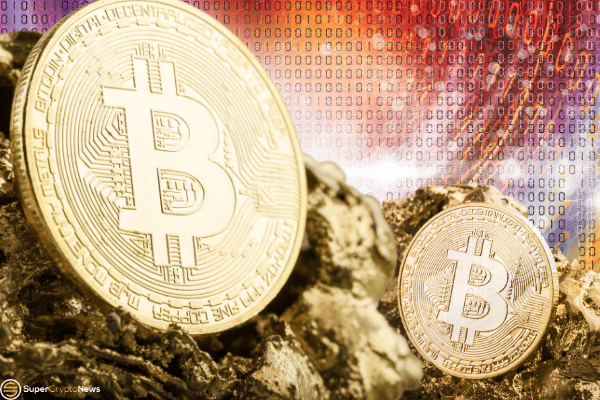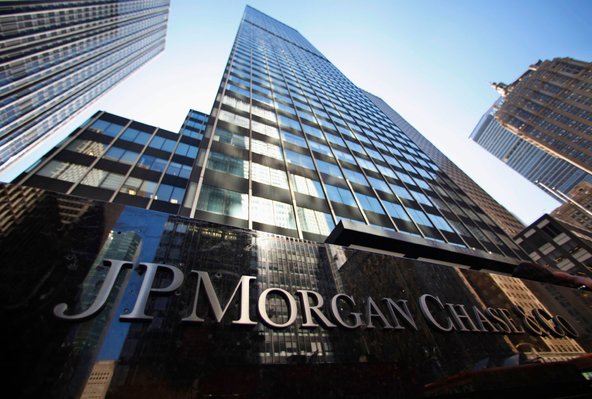
- Marked fund flows into gold ETFs coincides with decline in Bitcoin’s price
- Cryptocurrency flash crash because of derivatives more likely the cause of Bitcoin’s recent price decline than any sustained shift from digital to physical assets
After months of losing its luster to its digital cousin, gold is back with a vengeance this month, even as the cryptocurrency rally appears to be faltering, refueling a debate over the correlation between the two alleged stores of value.
Gold SPOT prices are inching closer to the psychologically significant US$1,900 level of resistance and futures prices have already peeked above that level on several occasions, while Bitcoin has since slipped from a peak of near US$65,000.
Some analysts are suggesting that a weaker dollar and declining inflation-adjusted yields are major reasons for the revival in gold, while volatility in Bitcoin has snuffed out some of the speculative euphoria for the cryptocurrency while undermining its ambition to attract an institutional audience.
But are Bitcoin and bullion really so different?
Both gold and its digital cousin are often touted as inflation hedges, commodities in scarce supply that also capture the generational divide between the young and tech-obsessed traders, and their boomer forebears, who seem fixated on physical assets.
JPMorgan Chase (+1.56%) suggests that gold’s recent revival appears to have come at least in part at the expense of Bitcoin’s decline.
Outflows from Bitcoin ETFs did coincide with a rise in inflows to gold ETFs, but correlation is not causation and if nothing else, are causing investors to be confused as to which is the preferred asset to hold in an increasingly inflationary environment.
But flows between gold and Bitcoin aren’t without precedent, and earlier this year Bitcoin funds sucked in institutional cash as money managers extolled a case for cryptocurrencies to creep into gold’s spot in a portfolio, which saw gold fall progressively from the start of this year.
The reverse appears to be happening.
As Bitcoin appears to be trading flat, gold is steadily on the ascent and for some strategists, the gold market is a starting place to figure out where Bitcoin is headed.
According to a JPMorgan Chase analysis, if investors allocated gold and Bitcoin evenly within a portfolio and the two assets converge in volatility, the implied price of Bitcoin would be US$140,000 and well up from where it currently trades.
But the JPMorgan Chase strategists had one important caveat, with Nikolaos Panigirtzoglou writing in a note,
“Needless to say such convergence or equalization of volatilities or allocations is unlikely in the near future.”
On a daily measure however the direct link between gold and Bitcoin is far harder to pin down, reflecting how both asset classes are driven by sentiment and market psychology as much as they are by actual fund flows.



